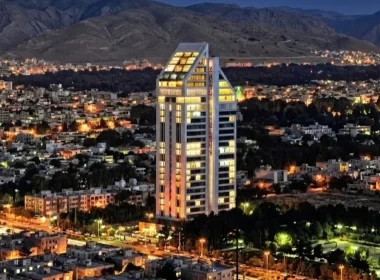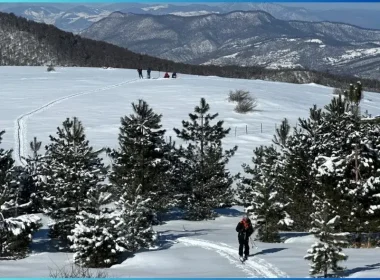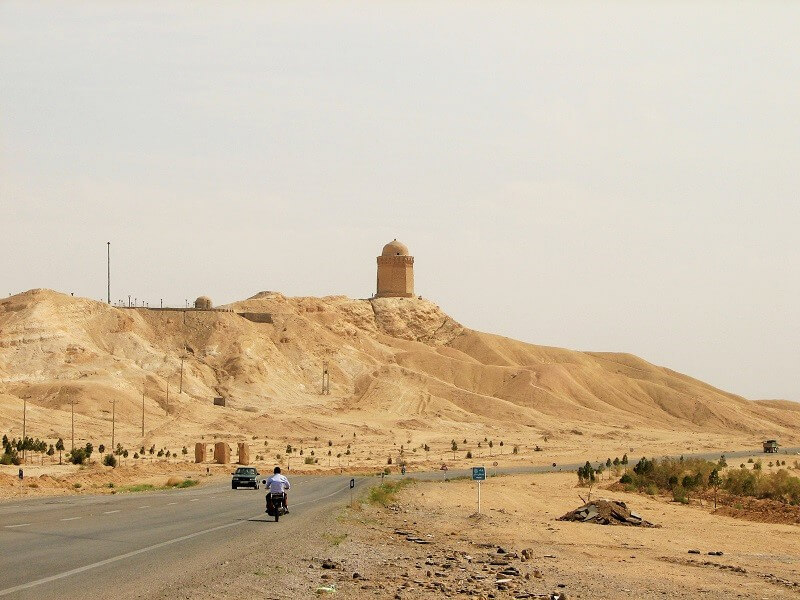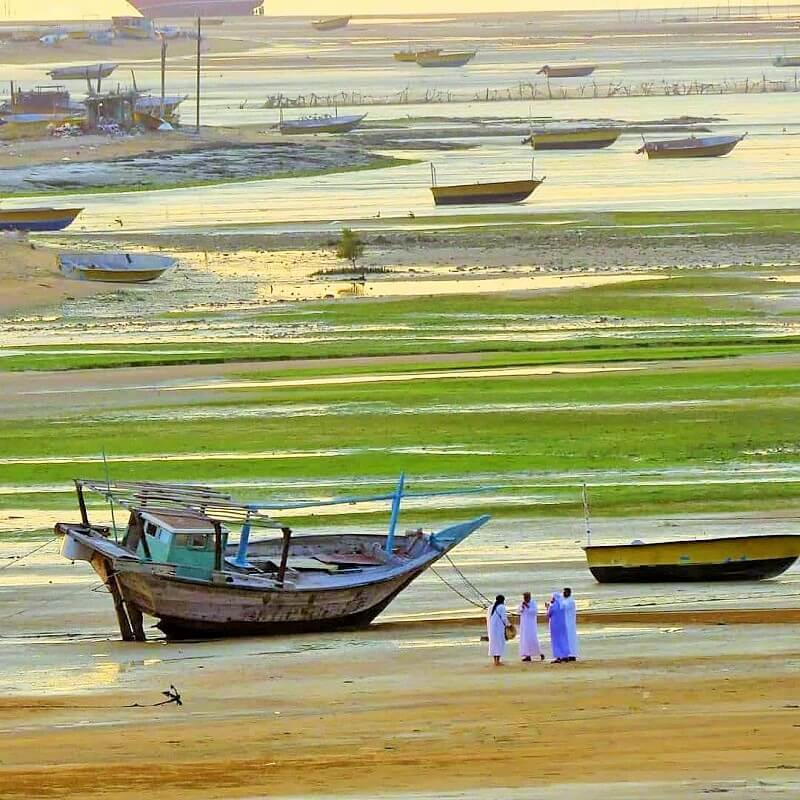
Qeshm Island, the largest island in Iran, is one of the islands of Hormozgan province. This island is located in the Strait of Hormuz, the Persian Gulf. As of now, it is known as a tourist destination besides being recognized as a strategic and commercial island.
The Qeshm Island has a surface area of 1,491 square kilometers (576 square miles), which accounts for almost 2.5 times the size of the second-largest island in the Persian Gulf, Bahrain. The size of the Qeshm Island is also larger than 22 countries around the world.
By introducing Qeshm capacities to investors from France, Russia, Norway, Iceland, China, Thailand, and Korea, this island has turned into the center of attention of seven major global countries in the field of fisheries and Iran’s important fishery hub for investment.
On the other hand, the Strait of Hormuz near Qeshm Island is the second busiest international strait in the world. This strait is a waterway between Hormozgan province of Iran and Musandam province of Oman, which connects the Sea of Oman to the Persian Gulf. This sea channel, which is shared with the Iranian coastline at the entrance to the Persian Gulf, has become the most important waterway in the world due to the huge amount of daily oil exports passing through it.
The Strait of Hormuz is also considered one of the most strategic international shipping routes in the world. The length of this waterway is 158 km and its width is between 56 and 180 km. The depth of the Strait of Hormuz varies from north to south due to the steep slope of its bed.
There are seven Iranian islands in the Strait of Hormuz: Hormoz, Qeshm, Lark, Hengam, Tunb-e Bozorg, Tunb-e Kouchak, and Abu Musa Island. The Strait of Hormuz has historically witnessed many international conflicts between the kings of Iran and the Portuguese, Spaniards, Brits, and Americans.
More than a third of the world’s oil exports, including exports from Saudi Arabia, Kuwait, the UAE, and Qatar are made through the Strait of Hormuz. The Strait of Hormuz alone is the world’s most golden oil waterway with transporting 17 to 19 million barrels of oil per day alone.
The Vegetation of Qeshm Island
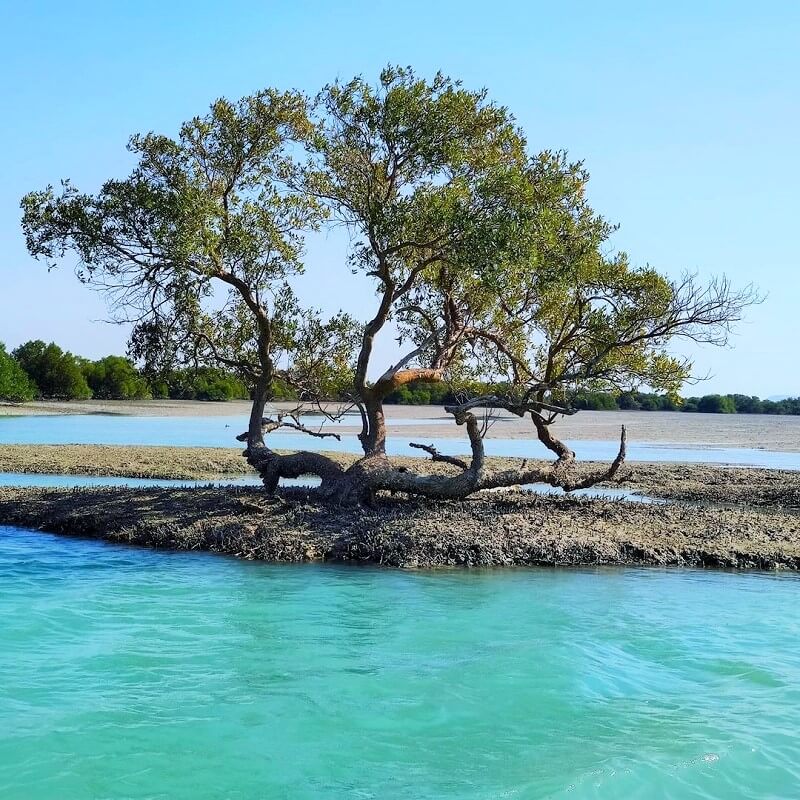
The first and most important plant community of the island is found in Hara mangrove forests, which is a species of mangrove called Avicennia Marina named after Abu Ali Sina, the famous Iranian scientist. These trees have covered an area of more than 2,000 square kilometers of the island.
Qeshm plants are xerophytes and heat-loving and need high humidity in summer. They are mostly seen as short semi-desert shrubs.
The palms can only be found in palm orchards on the island, which has lost most of their population due to water shortage and lack of rainfall.
The Island’s Marine Biodiversity
The Persian Gulf is the habitat of 32 species of sharks and more than 20 species of turbots. These unique fish have numerous benefits for maintaining the balance of marine habitats in the Persian Gulf.
Also, with 800 oil and gas platforms and more than 25 terminals for transporting petroleum products, the Persian Gulf is known as the largest oil field in the world and the second-largest natural gas reservoir in the world. The profits from oil transactions have of these reserves have brought a huge fortune to the countries bordering the Persian Gulf.
By deciphering the secret of the survival of the creatures living in the Persian Gulf for hundreds of years until now with the salinity and extreme heat of water, we may hope to preserve the planet’s biodiversity.
The Animal Life of Qeshm Island
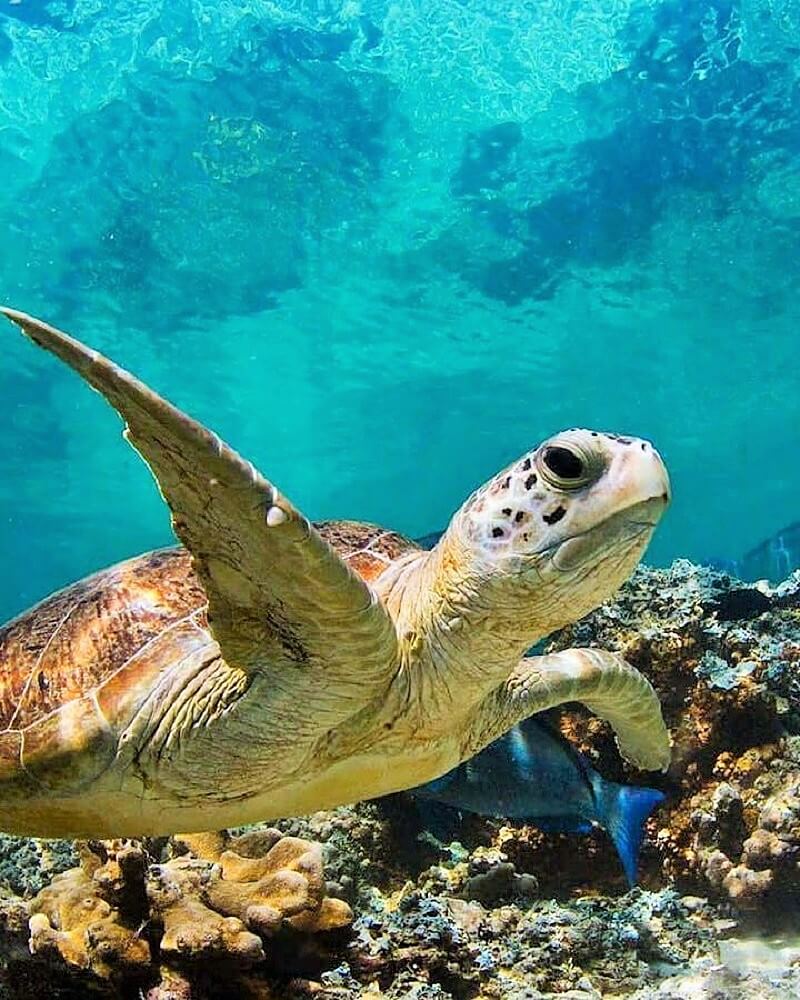
In the world’s waters and lands, three ecosystems have the greatest diversity of animals and plants from the biodiversity perspective. These three ecosystems are coral islands, mangrove forests, and rainforests. The first and second ecosystems exist in Qeshm Island and its surrounding waters.
The identified species of mammals and reptiles in Qeshm are very diverse. The animal life of Qeshm Island is highly important due to its geographical location in the Persian Gulf and because of the diversity of its ecological areas.
In the meantime, the ecological study of the Qeshm island seems to be of great importance due to the existence of diverse habitats such as mangrove forest wetland environment, mudflats, various hills, desert areas, sand dunes, sandy beaches, rocky areas, agricultural farms and orchards, and seasonal grasslands.
The diversity of birds is the most obvious natural phenomenon of Qeshm. About four million migratory birds take refuge in the Persian Gulf as a special habitat regularly in different seasons of the year from millions of years ago.
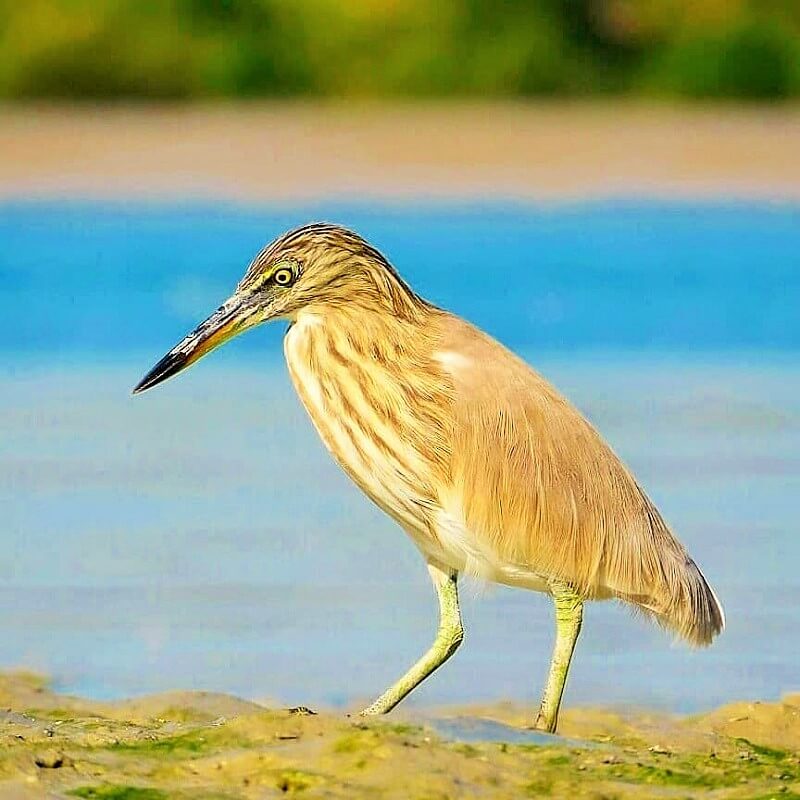
The Coastline
With an area of nearly 1500 square kilometers, Qeshm Island encompasses the most beaches and coasts among the Persian Gulf islands. The diversity of rocky, sandy, and mud beaches appears as one of the characteristics of the island’s coastline. Such a combination is rarely found on an island.
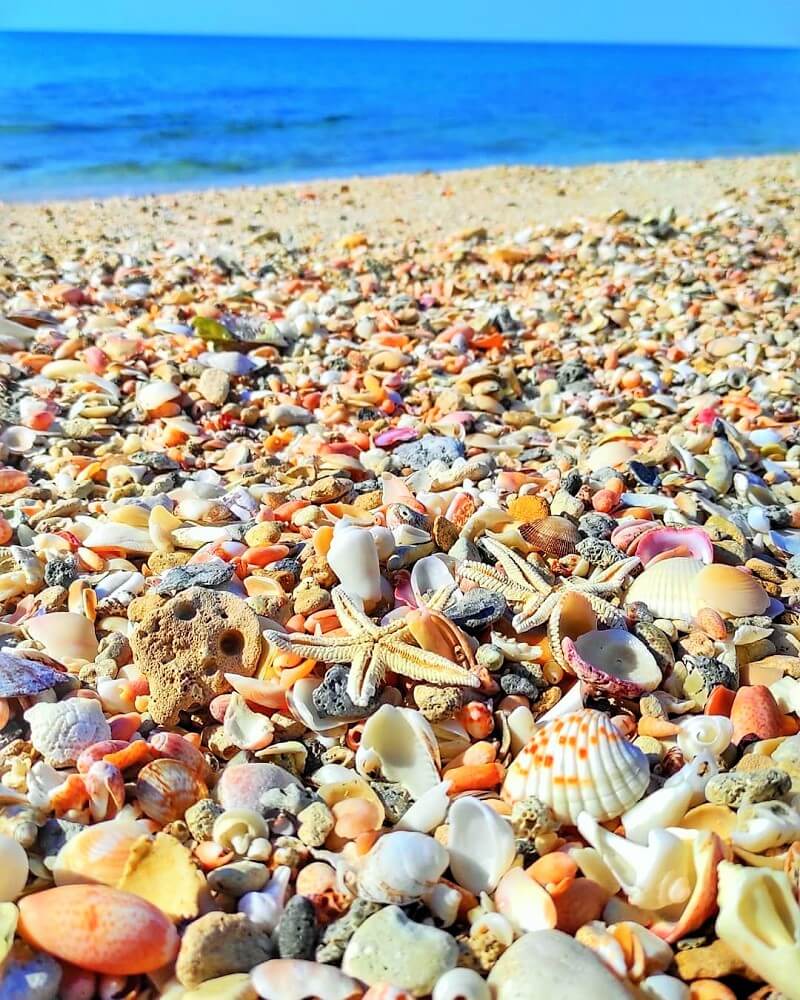
Silvery and glossy silver sandy and gravel beaches are other types of beaches on Qeshm Island. Zeitoon rocky beach, Simin sandy beach, Laft muddy beaches, and mangrove forests show the diversity of Qeshm beaches.
Rygoo rocky beach, known as Turtle’s Beach, is also another beautiful beach on Qeshm Island where turtles come to the water surface for breathing and feeding. The beautiful beaches of Hengam Island, located two kilometers from the southern coastline of Qeshm Island, are the habitat of dolphins.
The Culture of the Indigenous People of the Island
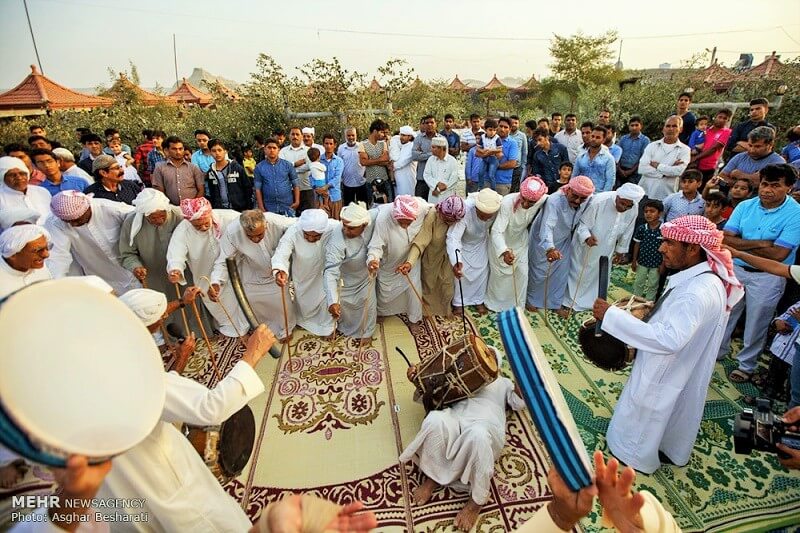
The Qeshm people dance in a wedding ceremony
With the establishment of local resorts in recent years, a lot of local people in the region have turned to the tourism industry. Qeshm has a rich culture of customs and clothing type. The food of the natives of the island is also very diverse.
The animal husbandry and agriculture among the inhabitants
The availability of sufficient water and favorable soil has provided the possibility of agricultural life for people in some parts of Qeshm, especially the Tourian plain, where it has led to the formation of several villages in a row.
Qeshm Island has some potential capacity for animal husbandry. Livestock farming is currently done on the island traditionally. There are nearly 2,000 goats from Tali, Jaziri, Pakistani breeds as well as about 3,000 sheep, cows, calves, and several thousand poultries on the island.
Camels (known as desert ships) have been of particular importance in the past, which have been more adaptable to the island environment and have been bred and farmed for transportation as well as milk and meat. The camels on the island account for more than 3,000.
The Architecture within the Qeshm Island
We will consider the architecture of this island from two perspectives:
The villages of Qeshm
Most of the villages of Qeshm are located linearly and parallel to the coastline around the island. Most of these villages have been formed on the northern coast of the island because of the communications and interactions of the island inhabitants with the south coast of Iran.
The general texture of rural settlements represents the shape, form, and pattern resulting from the influence of various factors in the rural area and how these elements relate to and interact with each other.
The most interesting thing regarding the texture of Qeshm villages is that they consist of two parts so that each village includes two scattered textures (palm-grove) and dense rural texture (city). These two parts are so different that we can see two types of villages in one village in terms of texture. The reason for this issue is agriculture and the effect of torrential rains on it.
The historical architecture of Qeshm
Qeshm architecture can be historically classified into four distinct periods:
First period, ritual architecture
Some caves are seen in this period, which have been used as the temple of Mithra (the God of Ancient Iran). The history of Qeshm architecture has begun with ritual architecture and continued to this day with ups and downs.
Second period, ancient architecture
The well-known examples of ancient architecture include the dams and ponds related to the Sassanid period.
Third period, architecture after the arrival of Islam in Iran
As the name suggests, this type of architecture has formed in the early post-Islamic period in Iran.
Fourth period, contemporary architecture
This type of architecture has begun in the early Pahlavi period and continued so far.
The Gas Resources of Qeshm Island
Qeshm Island has two Gavarzin and Sarkhon gas fields. The Gavarzin field sweet gas products feed Bandar Abbas refinery and the gas produced in Sarkhon is sent for urban, industrial, and gas power plants.
Accordingly, the production capacity of this unit accounts for 2.1 million cubic meters of natural gas per day, which is transported to Bandar Abbas through a 12-inch submarine pipeline.
On the other hand, the Strait of Hormuz along with the Straits of Malaga, the Suez Canal, Bab el-Mandeb, Dardanelles and Bosphorus (Strait of Istanbul, Turkey), Panama, and Denmark are considered as the most important water highways for the transfer and transit of crude oil.
In peacetime, all military and merchant ships have the “Transit Passage” right; however, if one of the two countries of Iran or Oman is involved in a war, they would have the right to inspect the passing ships.
The right of transit passage through international straits, including the Strait of Hormuz, is one of the achievements of the 1982 Convention or the Law of the Sea in the United Nations. Before 1982, crossing the Straits took place based on the principle of “Innocent Passage”. In other words, ships could cross coastal waters by observing customary principles and without inflicting any damage or threat.
Existing Mines
There are various mines such as salt, red soil, gas, iron ore, etc. within the Qeshm Island, which have been the cause of commercial prosperity of the island, especially in the past, and have provided some of the islanders’ jobs.
Two of the most important mines in Qeshm are the Talamber rubble mine, located 10 km west of the Qeshm port, with an annual production of 35,000 tons of rubble stone, and the Qeshm rubble stone mine, located 14 km southwest of the Qeshm city with an annual production of 2700 tons.
Namakdan mine is one of the major mines on Qeshm Island, which has high-quality salt. Its reserves are estimated to be about 420,000 tons.
The Comparison with Other Similar Islands
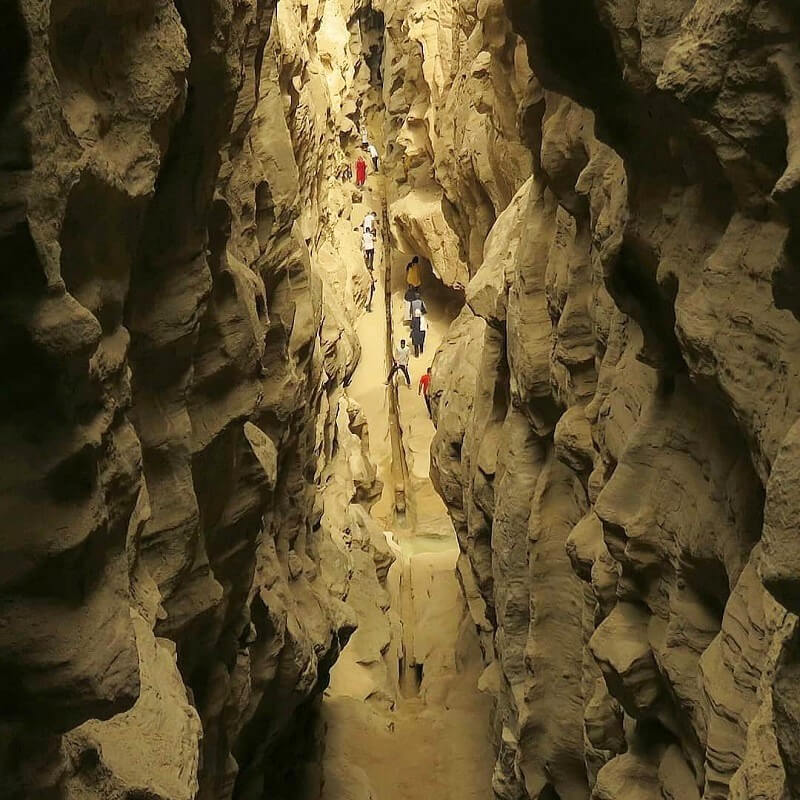
The following islands are similar to Qeshm Island in terms of soil texture, type of fisheries, tourism potentials, and historical records.
Aitutaki Cook Island
There is a coral lake among the Cook Islands in the heart of the Pacific Ocean. The beautiful Aitutaki island has pristine and beautiful nature. Apart from the parts where the water is blue, Aitutaki has a part where the sand is white and the water is clear and clean.
Block Island
Block Island is an island in the U.S. state of Rhode Island. Tourists usually visit the island in summer due to its wonderful weather during this season. This island is one of the seasonal islands in the world. The cost of accommodation on this island is not high and you can easily go hiking, cycling, and rock climbing.
Porto Santo Island
The island is located near the city of Madeira in Portugal. The diversity of its vegetation accounts for more than 120 species and is very similar to Qeshm Island regarding this feature.
Andaman Island
The island is located in the Bay of Bengal. Andaman Island has a special traditional texture, making it enjoyable for tourists to see the life of the natives.
Dunk Island
The island is located right next to the coral reefs and is one of the most beautiful and suitable places in the world for diving. The island is known as one of the most appropriate tourist destinations for honeymoons.


